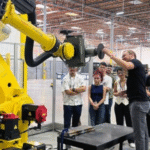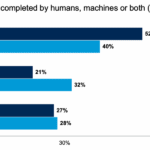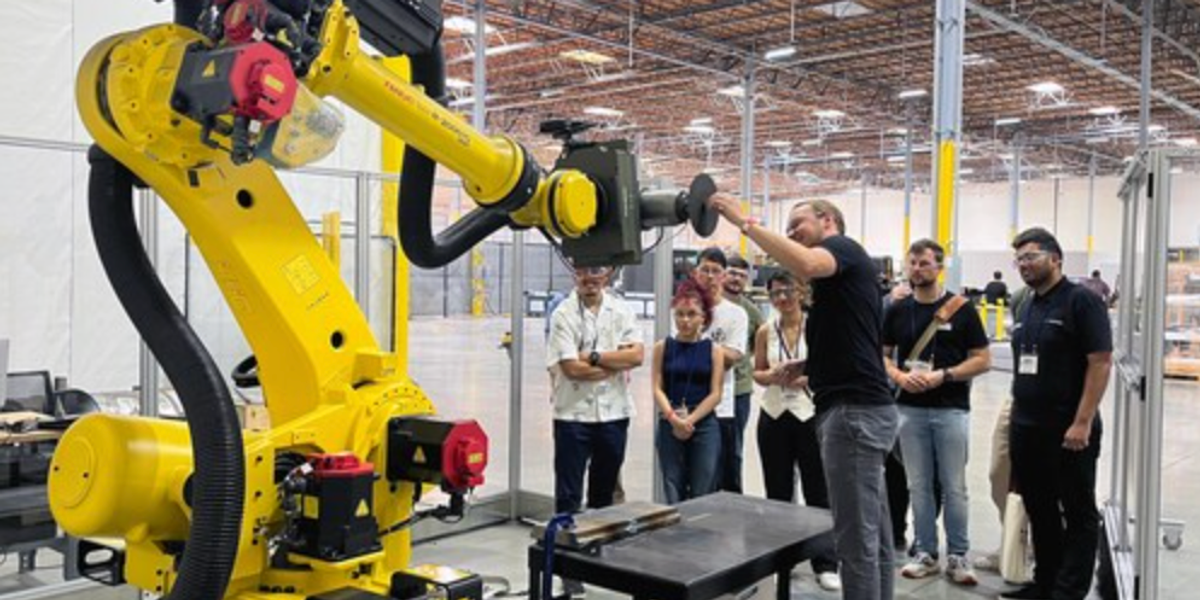As companies face an increasingly complex and risky cross-border trading environment, they cannot afford to become complacent when it comes to continually improving their compliance program, especially with enforcement activity in full swing and penalties for non-compliance becoming more stringent and more common.
Read also: Leveraging shipping technology for smarter global business operations
Consider it $1.73 billion Worth of goods were seized under the Uyghur Forced Labor Prevention Act (UFLPA) in 2024, while agencies such as the US Department of Justice (DOJ), Department of State (DOS), and Office of Foreign Assets Control (OFAC) continue to crack down on sanctions and export control violations, including $216 million The penalty — the statutory maximum — was imposed in June 2025 against the San Francisco venture capital firm for violating Russia-related sanctions.
With the potential for serious financial and reputational damage, managing global trade today is more difficult than ever. Geopolitical volatility, expanding compliance requirements, dynamic tariffs and trade barriers are forcing supply chain and logistics leaders to prioritize their global business IT processes, tools and technologies.
But focusing on global trade information is not just about ensuring robust screening to avoid the costly mistake of non-compliance. It’s also about access to in-depth trade data to guide smart decision-making, whether it’s simplifying the setting of duties and tariffs, sourcing alternative suppliers, or uncovering new market opportunities.
Artificial Intelligence is changing the global business intelligence landscape
For organizations facing the challenges of cross-border trade, automated global trade intelligence solutions are an integral part of building more agile, intelligent and resilient supply chain networks. Artificial intelligence (AI) is playing an increasing role in helping organizations keep pace with frequent and complex tariff and regulatory changes, secure better sources of supply, and leverage high-quality competitive intelligence to drive growth.
AI-powered screening. False positives are screening alerts that appear to match restricted, penalized, and banned party entities but are in fact benign – resulting in unnecessary reviews, wasted time, and delayed shipments for import or export. With the frequency of regulatory updates and the large volume of information flowing through international trade, effective screening without burdening resources with false positives is essential.
AI-based screening of restricted, penalized and banned parties leverages advanced machine learning and natural language processing to significantly reduce false positives. Even with large screening volumes, the combination of automation in collaboration with human oversight has helped reduce false positives to only fractions of a percent, reducing the effort required to review and clear false positives.
By accelerating the review and adjudication of inspection results through intelligent filtering, flexible control, and human-centric quality assurance, AI-powered solutions eliminate unnecessary reviews, increase compliance productivity, and enhance compliance levels while mitigating the risk of costly violations.
Classification of products based on artificial intelligence. Import/export disaggregation, supported by large WTO data repositories and country-specific interpretations of the data, is a time-consuming and resource-intensive process. Businesses need a comprehensive and detailed description of the goods: What is the product? What is it made of? Where is he from? How is it packaged? What is the fee rate?
Given today’s dynamic regulatory environment, supply chain leaders also need to understand the potential additional impact of rapidly evolving and layered definitions. These nuanced requirements, combined with the nuance and judgment inherent in the rating process, increase the incentive for organizations to reconsider their Harmonized Tariff Schedule (HTS) rating decisions – and leverage AI-powered HTS product rating and duty determination solutions – to help uncover savings opportunities.
Because large language models (LLMs) and generative AI take into account the contextual relationship between the entirety of product descriptions and the entirety of regulations, AI-powered classification tools can quickly determine the optimal taxonomy for business professionals to evaluate.
Today, HTS’s AI-powered product classification and assignment solutions are transforming classification workflows, accelerating product search capabilities along with other features, such as cross-referencing regulations and total cost calculations. These innovations help companies manage high-volume, repetitive tasks without overloading existing compliance resources or adding new staff.
Build optimized query using AI-driven agents. Unlike generative AI, which analyzes data to produce output (e.g., written content, images, and audio), agentive AI mimics human decision-making to solve complex problems with minimal human intervention. Has the ability to understand context, set goals, and adjust actions based on environmental feedback.
In the context of global business intelligence, agentic AI accelerates and simplifies complex business inquiries. Compliance teams can talk with AI-powered agents to answer common questions and quickly identify historical trade patterns, emerging trends, or specific data needs (e.g., commodities, companies, products) to save time and effort and drive business growth. Using agent AI, users can define searches more precisely, ensuring the most relevant data and business insights are extracted to make faster, smarter decisions.
Additionally, by enabling users to extract data using natural language queries, business data content becomes more intuitive and actionable, while reducing the training time required to build proficiency in developing optimal queries. Additionally, the conversational process of asking questions to an AI-driven tool removes the UI barrier, creating a more natural and effective interaction for a business user trying to achieve a specific outcome.
ROI in global trade intelligence
As the global trade data repository expands and government regulations continue to evolve, definitions and trade deals continue to evolve. Leveraging AI across global business intelligence practices is critical to helping maintain competitiveness in an ever-changing market. Global AI-powered business intelligence capabilities help companies:
1. Reducing costs to support margins.
AI-driven capabilities help companies automate import/export processes to increase compliance accuracy and efficiency, reduce direct labor costs, and scale beyond the ability to put a new human in a seat. Organizations can identify more appropriate classifications to achieve import cost savings, uncover sourcing alternatives to enhance supplier diversity and mitigate financial risks, and better understand legal and financial business risks to choose supply chain paths that maximize profit, cost savings and flexibility.
2. Identify strategic opportunities.
Using AI-driven tools with natural language processing to enhance query building, companies can optimize trade lanes, discover alternative buyers and suppliers, and uncover competitive intelligence, such as untapped markets or competitors’ import and export transactions. AI-powered predictive analytics can help predict future demand or potential supply chain disruptions, enabling companies to make adjustments to pricing plans, sourcing relationships, and inventory levels or create backup plans to minimize disruption to the flow of goods.
3. Mitigating compliance risks.
In the face of geopolitical turmoil, volatile tariffs, and ever-changing global trade regimes, supply chain and logistics leaders need to protect their businesses. AI-powered solutions help companies automate and simplify the denied party screening process – including reducing time-consuming false positives – to stay compliant with evolving international regulations, reduce risk exposure, and address threats before they impact the business.
Going forward, improvements in natural language models will continue to make global AI-driven trade intelligence solutions easier for trade professionals to do their jobs, whether it’s screening potential suppliers, looking up HTS codes to determine duty, or analyzing trade trends to measure company performance. It will also help resources expand their ability to positively impact business results. When implemented with a human in the know, AI-powered capabilities help organizations navigate the complexities of global trade compliance with greater confidence, speed, and accuracy.










